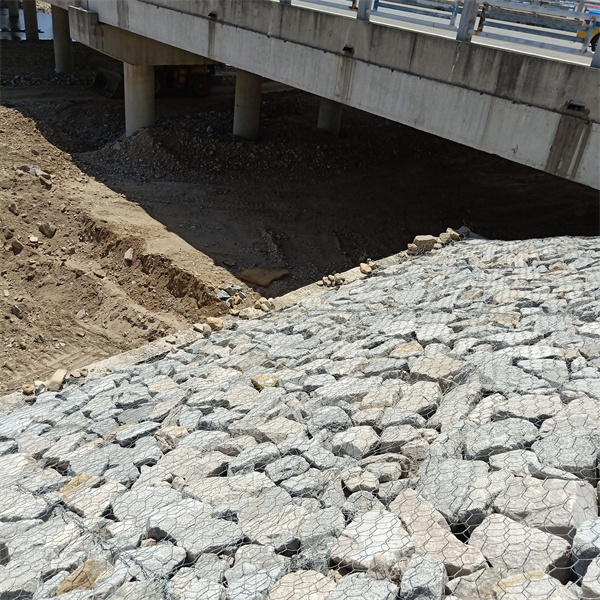Oct . 15, 2024 10:42 Back to list
gabion facade
The Beauty and Functionality of Gabion Facades
In the realm of modern architecture, innovative materials and design approaches have led to the emergence of unique building techniques that expand both aesthetic appeal and functional performance. One such technique is the use of gabion facades, which have gained popularity for their blend of durability, environmental sustainability, and striking visual impact.
Gabion facades consist of wire mesh baskets filled with a variety of materials, such as stones, gravel, or recycled concrete. This construction method dates back centuries, originally used for flood control and erosion prevention. However, in contemporary architecture, gabions have evolved into a versatile façade system that serves both structural and decorative purposes. The rugged yet organic appearance of gabion walls can offer a striking contrast to smooth and polished modernist buildings, adding a layer of complexity to the architectural narrative.
One of the primary advantages of gabion facades lies in their sustainability
. The use of natural stone or recycled materials not only minimizes environmental impact but also connects buildings to their local environment. Each gabion can be filled with locally sourced materials, which enhances the structure's relationship with its surroundings. This local sourcing not only reduces transportation emissions but also encapsulates the geological identity of a region, making each building a unique representation of its locale.gabion facade

Furthermore, gabion walls possess exceptional durability and are highly resistant to weathering, corrosion, and pests. The wire mesh typically used is galvanised or coated to withstand environmental challenges, ensuring that the facade maintains its aesthetic integrity over time. The natural stones within the gabions can withstand significant pressure and provide excellent thermal mass, contributing to a building’s energy efficiency by moderating temperature fluctuations throughout the day.
In addition to their practical benefits, gabion facades can also encourage biodiversity. When used in conjunction with vegetation, they can act as green walls, promoting plant growth that can cover the surfaces and create a living façade. This amalgamation of stone and greenery not only adds vibrant color and texture to building designs but also improves air quality and reduces heat absorption in urban environments.
Moreover, the versatility of gabion facades allows architects to play with various designs and scales. Whether in residential, commercial, or public architecture, the use of gabions can range from subtle accents to dominant structural elements. Their modular nature enables easy customization, allowing architects to express creativity while adhering to the practical constraints of their projects.
In conclusion, gabion facades encapsulate a harmonious blend of beauty, sustainability, and utility. Their ability to adapt to various architectural styles and their commitment to environmental responsibility mark them as a forward-thinking choice in modern building design. As the architectural community continues to embrace eco-friendly solutions, gabion facades stand out as a testament to the potential of marrying functionality with stunning aesthetic qualities. As cities grow and evolve, these unique structures promise to play a pivotal role in shaping the urban landscapes of the future.
-
Why PVC Coated Gabion Mattress Is the Best Solution for Long-Term Erosion Control
NewsMay.23,2025
-
Gabion Wire Mesh: The Reinforced Solution for Modern Construction and Landscape Design
NewsMay.23,2025
-
Gabion Wall: The Flexible, Seismic-Resistant Solution for Modern Landscaping and Construction
NewsMay.23,2025
-
Gabion Wall Solutions: The Durable, Decorative, and Affordable Choice for Every Landscape
NewsMay.23,2025
-
Gabion Basket: The Durable and Flexible Alternative to Traditional Retaining Walls
NewsMay.23,2025
-
Gabion Basket: The Proven Solution for Slope Stability and Flood Control
NewsMay.23,2025
-
Versatility of Chain Link Fence Gabion
NewsMay.13,2025






